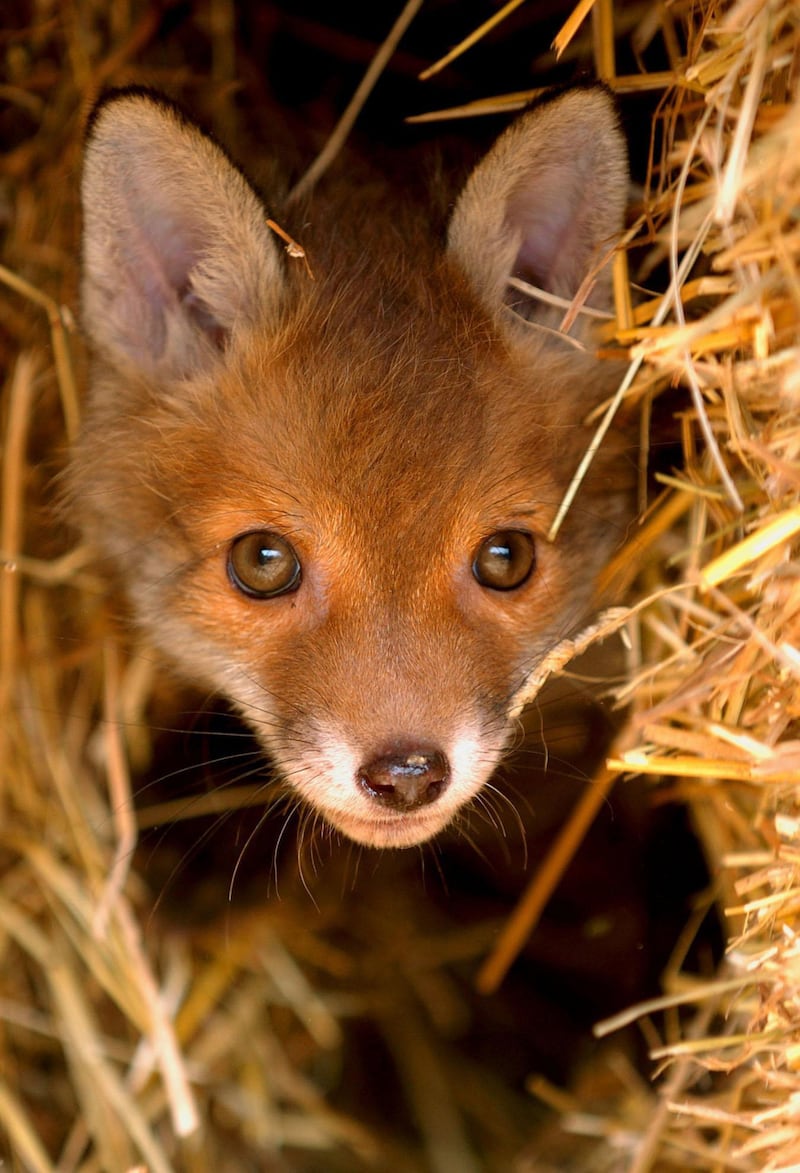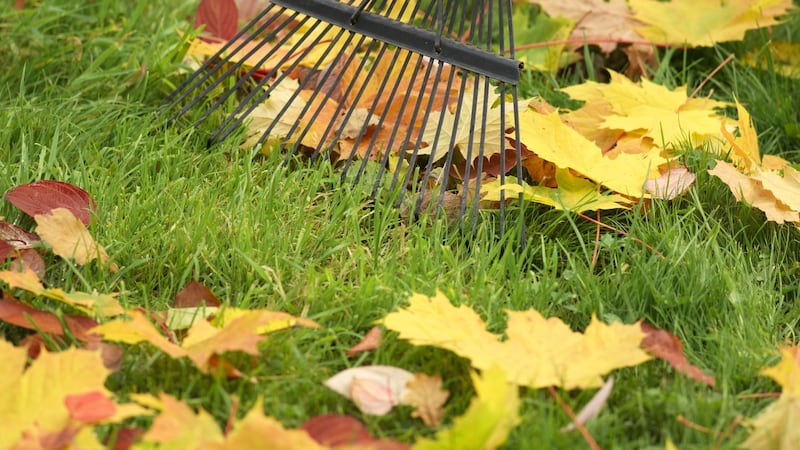Given that we seem to either love them or loathe them, let me start with the declaration that when it comes to foxes, I belong firmly to the first camp. Say what you will, I’ve always admired their insouciant, swashbuckling ways, their graceful half-cat, half-dog mannerisms, their impressive ability to adapt and thrive.
I even like the musky, salty scent they leave in their wake, the fox’s way of demarcating its territory. Totems of a wild otherworld with whom we struggle to make peace, they are clever, resourceful, inquisitive animals that bring a whiff of magic to our gardens.
Which is not to say that I don’t have sympathy for gardeners whose lawns, flower beds and compost heaps are damaged regularly by visiting or resident foxes digging them up overnight, either in search of earthworms, insects and larvae to eat or as a way to bury (or cache as it’s known) a glut of food for later use. It’s unpleasant to discover the rotting remains of a half-eaten rabbit interred in your cabbage patch, or find your plants flattened, your garden shed chewed.
Similarly, much as I like that distinctive musky tang at a safe distance, I wouldn’t fancy finding fox-poo on my clothes after a spot of gardening or discovering my boots had been doused in their urine (foxes are strangely intrigued by human footwear and sometimes pee on them as a way of marking their territory).
If some or all of this sounds familiar, then the chances are high that your garden is situated in what Dave Wall, Citizen Science Officer for Biodiversity Ireland (biodiversityireland.ie), describes as "ground zero" in terms of its proximity to a fox den. In suburban areas that are home to the country's highest densities of fox populations – where there can be as many as six family groups within a square kilometre – these dens are found typically in leafy, secluded gardens beneath sheds, wooden decking or even in compost heaps.
So what to do? Pointing out that they are supremely agile climbers easily capable of scaling high walls or fences as well as squeezing through a gap as narrow as 12cm, Wall says that it’s almost impossible to exclude foxes from a garden. But if they’re causing a lot of damage, then he suggests several useful ways to deter them from becoming residents or regular visitors.
These include feeding pets indoors to stop foxes eating leftover food, placing bird tables high and out of reach, collecting wind-fallen fruit (foxes eat many kinds of garden fruit and berries), blocking holes/gaps in garden structures (just make sure you’re not trapping the fox inside), avoiding using fish, blood and bonemeal-based fertilisers, and enclosing compost heaps in sturdy, lidded containers.
Strong-smelling chemical repellents, prickle strips and infra-red devices connected to a garden hose and triggered by motion are also available, although these vary hugely in their efficacy.
In extreme cases, Barry Nolan of Wildlife Management Services (wildlifemanagement.ie) offers a humane, fox-proofing service to beleaguered Irish garden owners by persuading foxes to abandon the den and then permanently securing it against reoccupation with the use of heavy-gauge metal weld mesh trenched into the ground.
When there are young cubs in the den (after mating in December/January, the vixen typically gives birth to four or five cubs in March-April) this process can take several days but is carefully monitored throughout using webcams.
Nolan also uses discreet electric fencing as a deterrent but would never advise laying poison or trapping and releasing foxes into the countryside, both of which are considered inhumane. A fox lover himself, he describes them as “little entrepreneurs seeking out their niche” and is amazed by their ingenuity.
Nolan and Wall agree that problems often arise when people start feeding foxes, to the disgruntlement of some of their neighbours. The consensus among most wildlife experts is that not only is this unnecessary – there’s already an abundance of food readily available in the wild – but it’s generally a bad idea, especially hand feeding which makes them lose their natural fear of humans. But some (for example the UK’s National Fox Welfare Society) argue that we feed birds, hedgehogs and other wild animals, so why not foxes?
Fans of foxes argue that they get a bad rap in other ways. For example, while there are potential health risks to humans who come into direct contact with the excrement of diseased foxes, these can be countered by simple but effective hygiene measures (using garden gloves, regular hand-washing, washing garden produce before eating it).
Similarly, while veterinarian Mark Heffernan of South Dublin Vets (southdublinvets.ie) agrees that foxes pose a potential disease risk to household pets (examples include lungworm, sarcoptic mange and parvovirus), it's only to those that aren't fully vaccinated, regularly wormed and routinely treated with a parasiticide, now considered standard care.

Yes, as predators, foxes will kill pet rabbits, hamsters, guinea pigs and poultry unless you provide them with sturdy protection in the form of strong cages made of metal/treated wood and 12-14 gauge strong welded mesh, secured with properly-bolted doors.
Horrible as it sounds, as natural scavengers they will even help themselves to road kill, sometimes bringing the bodies of dead cats back to their dens. But as for the often-repeated accusation that they kill pet cats, Heffernan says that while’s there’s a small possibility of foxes attacking kittens and old, infirm cats, there’s no evidence to suggest they kill healthy cats. “Conversely a lot of newborn fox cubs are killed by cats every year.”
Last but not least, it’s worth pointing out the valuable role that foxes play in our garden’s delicate ecosystems by controlling rodents, wild rabbits and even slugs and snails – all of which, it should be added, are potential disease carriers in their own right. Disturb that complex, self-regulating balance and you risk creating a whole new set of problems.
(See irishwildlifematters.ieand wildlifeonline.me.uk for further information.)
This Week in the Garden
If you have a grape vine growing in your glasshouse, polytunnel, conservatory or outdoors, then late November/early December is traditionally the time of year to give the plant its annual pruning. There are two main ways to prune a grape vine; one is the method known as the rod-and-spur or cordon system (suitable for grapes growing against a wall or in a glasshouse or conservatory) and the other is known as the Guyot system (used for vines grown outdoors). Grape vines being grown as standards in a large pot or tub should also be pruned at this time of year. For further details, see rhs.org.uk
Loose leaves

Thick blankets of fallen leaves left on lawns or flower/vegetable beds at this time of year can quickly yellow or even kill grass and small plants while leaves that have fallen into garden ponds will sink to the bottom where they’ll rot and use up valuable oxygen as well as creating problems with accumulated silt. So it’s a good idea to collect them and place them in a bin bag (pierce a few holes in it) or a wire-mesh container. This way they will slowly turn into leaf mould, a brilliant soil conditioner and addition to a homemade seed or potting mix (see last week’s column).
Do this
BirdWatch Ireland's annual Irish Garden Bird Survey kicks off tomorrow (December 1st) and continues until the last week in February. Open to everyone, it's a great way to familiarise yourself with the many different species of birds that visit your garden as well as to provide the association with valuable data. For more details on how to record and send in your results to the association, visit birdwatchireland.ie
Dates for your diary
Tuesday, December 3rd (8pm), Foxrock Parish Pastoral Centre, Kill Lane, Dubliln 18, A Winter Wonderland , a seasonal flower-arranging demonstration by florist Christine Hughes on behalf of Foxrock & District Garden Club, see foxrockgardenclub.com. Wednesday, December 4th (7pm-9pm), National Botanic Gardens, Glasnevin, Dublin 9, a demonstration of eco-friendly, foam-free seasonal flower arranging techniques by Róisín Graham, admission €20 includes a glass of wine and mince pie, pre-booking essential. Thursday, December 5th (8pm) Artane Family Recreation Centre, Kilmore Road, Artane, Plants and Planters, a talk by Marie Staunton on behalf of Dublin Five Horticultural Society, admission €5 – call 087-2423020 for details. Saturday, December 7th (2.30pm-3.30pm), National Botanic Gardens, Glasnevin, Dublin 9, Festive Winter Plants Tour, admission €5 per person, see botanicgardens.ie




















